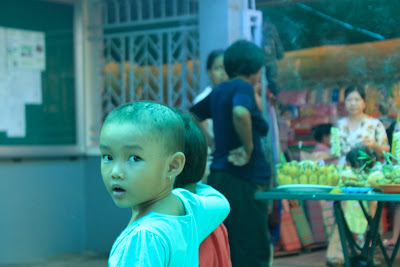After experiencing the change of seasons in Japan, I think I also changed. First of all, I learned a lot of the language which made me understand verbal expression and Japanese people’s behavior related to the use of the language. Also, living with a Japanese family helped me understand the Japanese society from inside of my house.
Coming to Japan wasn’t part of my plans , but now, after coming to Japan I see how it was the best decision I ever made in my life. Three months before the Kansai Gaidai program started I was just looking for any exchange when I found out they offered scholarship for studying in Japan.At the time, all I knew about Japan was that the capital is Tokyo, It is a very rich country , the people are very hard workers, and they travel with big groups everywhere taking pictures with their giant cameras. I also knew they were physically similar to Chinese and Koreans, but I didn’t know how different they were when considering their behavior.
When I initially arrived in Japan I could not speak a word in Japanese and all I had was my bad English. And now, one year later, I look back and realize how I grew. Living abroad not only changes your perspective on another culture, but also on the world. When you understand that one culture is different than yours, but not necessarily worse, it is a huge step in comprehending all of the cultures of this planet.
During my first months, I got really upset with some of the Japanese rules. At the time I lived in a seminar house and I got angry many times at small things like not being able to invite a friend to have dinner in the dorm. I wondered why they had such rules, and why the Japanese students never complained and made a big deal about it, and protested and boooommm, war! I realized at that moment that I had the wrong focus! While I was thinking about rules and fight, the Japanese were considering living in harmony and they were thinking about the group benefit. Then, I understood how beautiful it is to fight for your rights , but also, how wonderful it is when a man gives up his own benefit for others.
Japanese people are not perfect, but who is? Every time I see something I dislike in the Japanese culture, I think about my own culture and realize I dislike many things about it too. When I meet a Japanese person that I don’t like too much, I think about myself, and find out how similar we both are.




















































